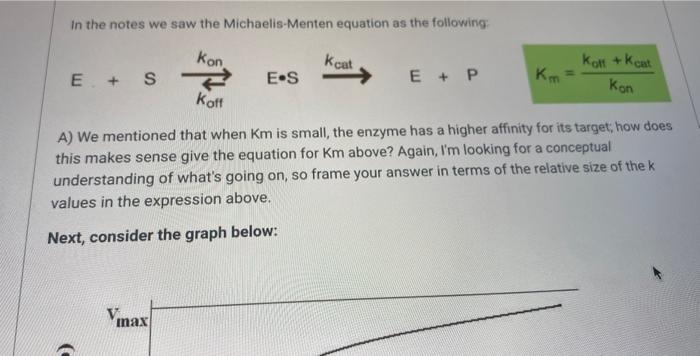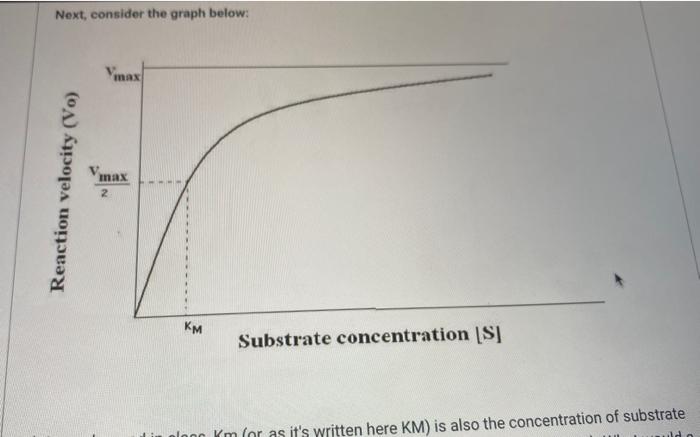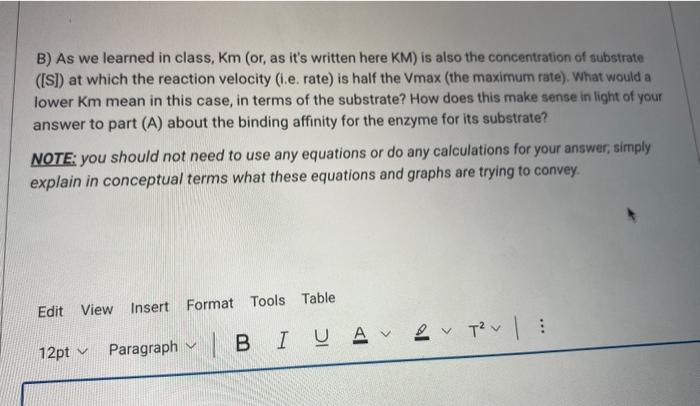Answered step by step
Verified Expert Solution
Question
1 Approved Answer
In the notes we saw the Michaelis-Menten equation as the following: E+SkoffkonESkcatE+PKm=konkofl+kcat A) We mentioned that when Km is small, the enzyme has a higher



Step by Step Solution
There are 3 Steps involved in it
Step: 1

Get Instant Access to Expert-Tailored Solutions
See step-by-step solutions with expert insights and AI powered tools for academic success
Step: 2

Step: 3

Ace Your Homework with AI
Get the answers you need in no time with our AI-driven, step-by-step assistance
Get Started


